
The island of Tabarca (Isla Plana o Nueva Tabarca) or as it is called in the sources of New Tabarca (Tabarca Nova), located in the Western part of the Mediterranean sea and is part of the Kingdom of Spain. The island is a small elevated plateau, surrounded by small islets of La NAU (la Nau), La Galera (la Galera) and La Cantera (la Cantera).
Tabarka, a small island, to get around it all in two hours. The island covers an area of only about 0.3 km2 (30 hectares), with a length of 1,750 meters (5,741 ft) and a maximum width of 300 meters (984 ft). This island is the smallest inhabited island in Spain. The number of permanent inhabitants of Tabarka is slightly more than fifty people. However, currently, Tabarka imposed Maritime traffic. The sea to the island every day, tourists come, so the Tabarka is a network of cafes and restaurants catering, respectively, of the employees required more than the inhabitants of the island, from which every morning to the island sail employees from the mainland. If anyone is interested in working in Tabarka, it is possible to conclude that to apply for a job only in school catering.
By the way, despite the small size of the island, there are several hotels, you can spend another day on the island. We did not need, one day on the island is enough.
The island is only 22 miles from the Spanish city of Alicante. From that city we sailed to Tabarka on water catamaran in the morning, and returned from the island in the evening on the same catamaran. Catamarans depart every day from the promenade of Alicante, ticket for both there and back costs EUR 38. However, how to get to the island and how much is it for the money, we wrote earlier, read here.
On the road we spent about an hour, after about thirty minutes away it seemed the island.
Photo from the series - swimming up to the island
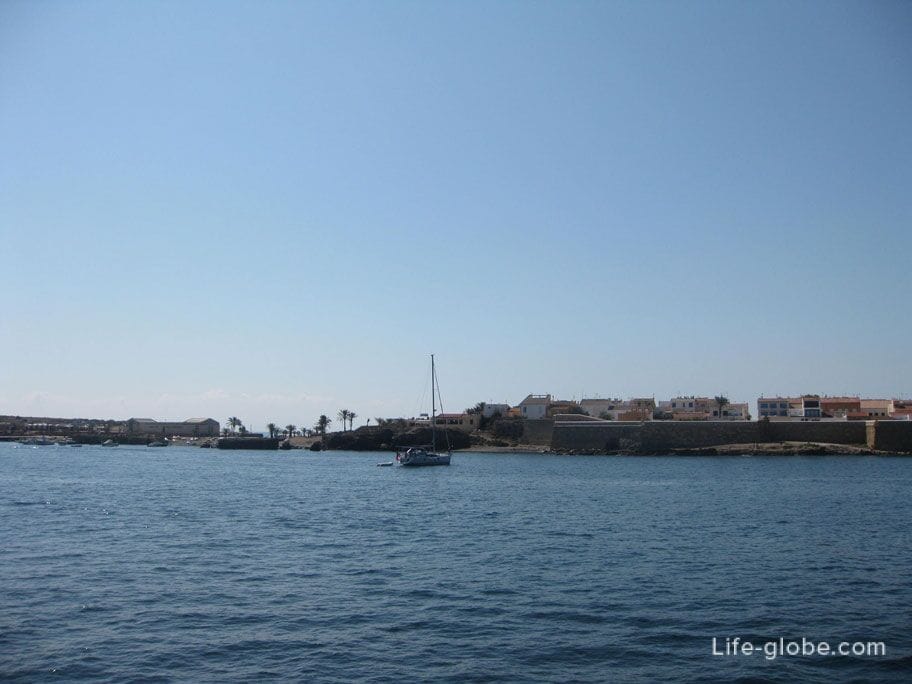
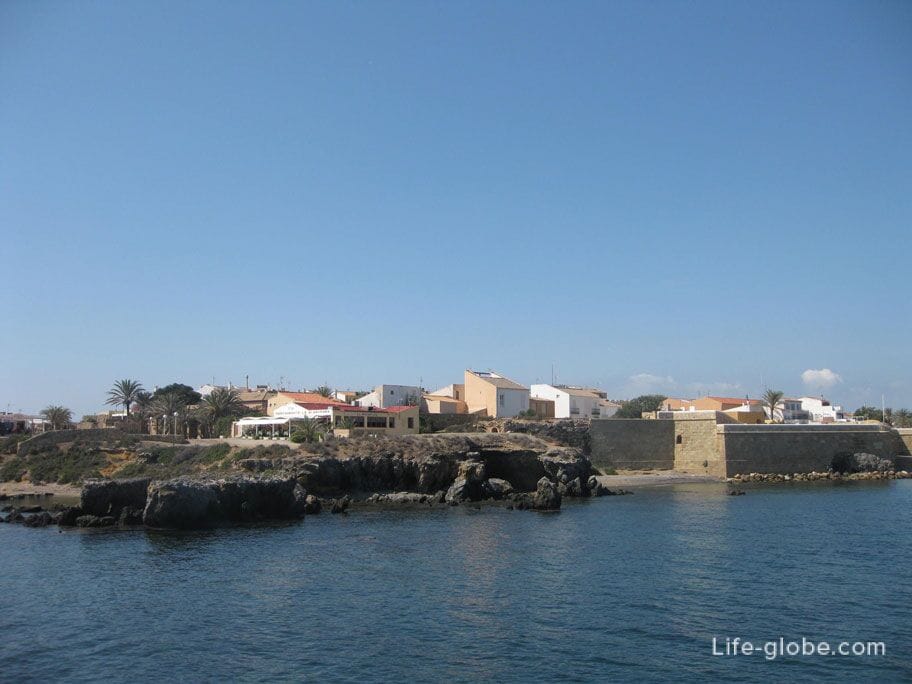
Went ashore and the first thing I saw is a transparent and clean sea water. Under water you can see the wide variety of fish.
The island we liked at first sight, this is one of the most enchanting places on the island part of Spain. Small, cozy and very hospitable island in the Mediterranean sea.
Here is Marina fishing boats. Among them, relax and swim a few tourists.
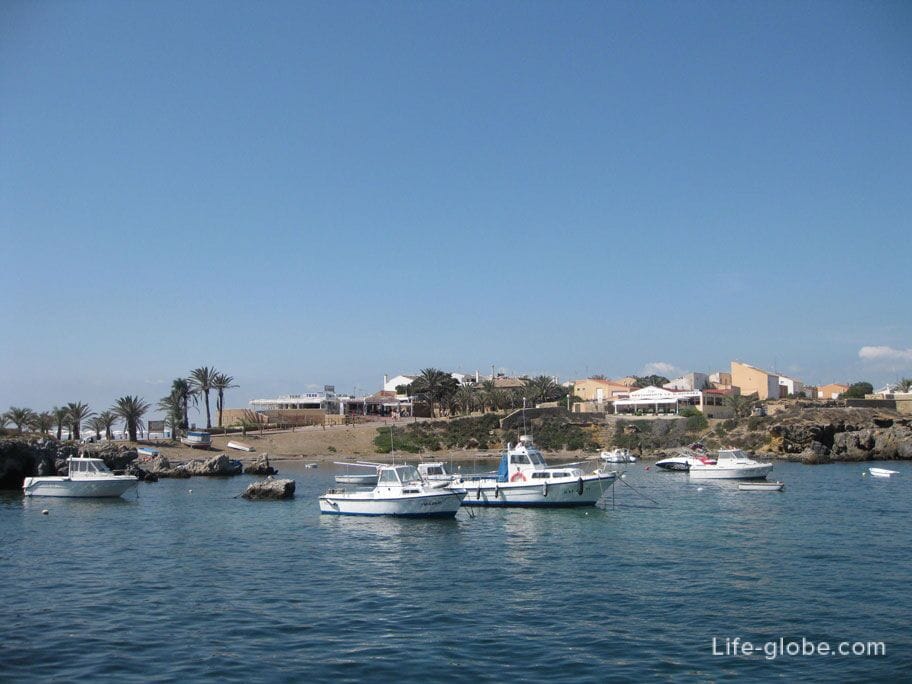


After going down the pier, we were greeted by numerous employees of the restaurants of the island, handing out leaflets with the menu. You can eat in restaurants serving European as well as Mediterranean cuisine, ranging from set menus for 13 euros and ending Spanish dishes such as paella, tapas, melon with jamon and other delicacies. About where and what to eat in Tabarka we wrote in a separate article.
Near the pier, in a row stretched the restaurants of the island with hospitable waiters. The waiters in greeting waving to tourists, inviting everyone to his establishment.
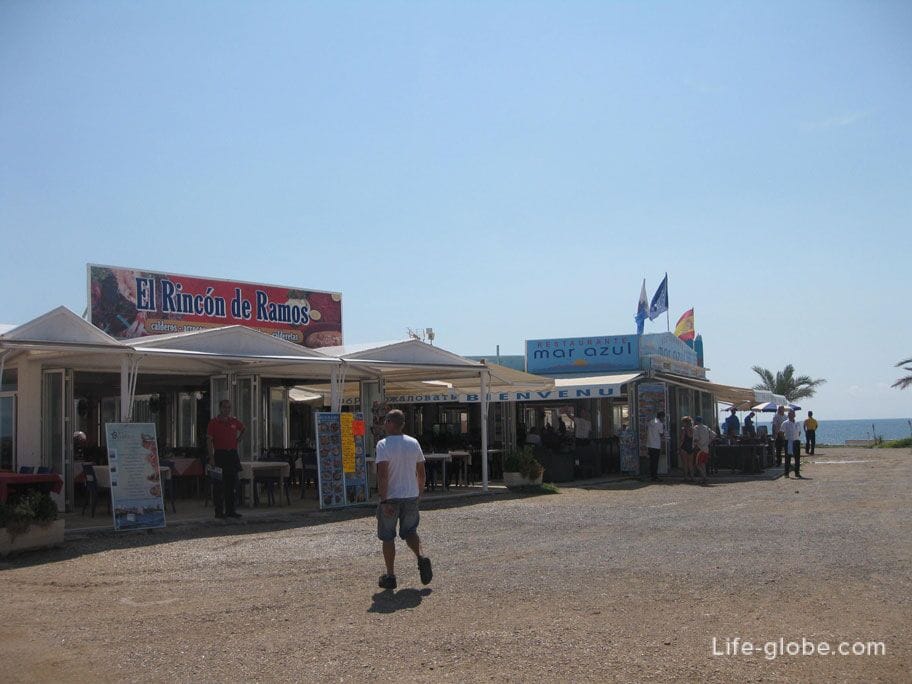
A little further on the opposite shore of the island to see the beach with the clear waters of the sea. The beach is like a lagoon with a sandy rocky coast. This is the only main island beach, equipped with sun loungers and parasols that can be rented.
In the sea there are many variety of fish. Therefore, the island is considered one of the best in Spain, off the coast where you can swim with mask and snorkel or go diving. Even just standing in the water knee-deep or waist we see the fish. On the beaches of the island of Tabarca we said earlier.
Our advice to swim on the island better before lunch, when the water is still calm after lunch the waves are coming. So, having arrived at Tabarka, first devote a few hours of bathing, and after lunch take a walk on the island itself.
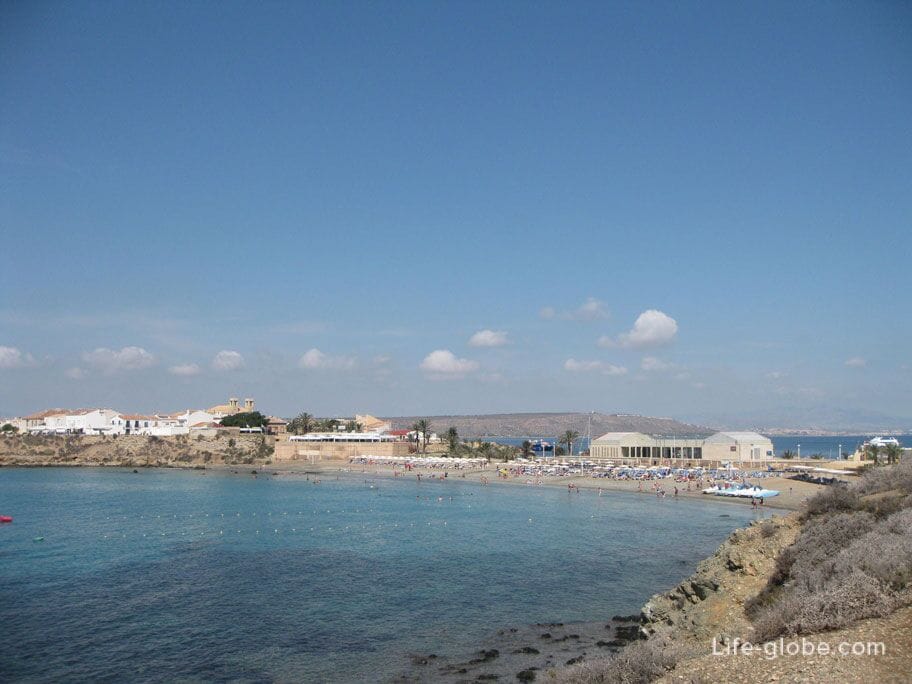
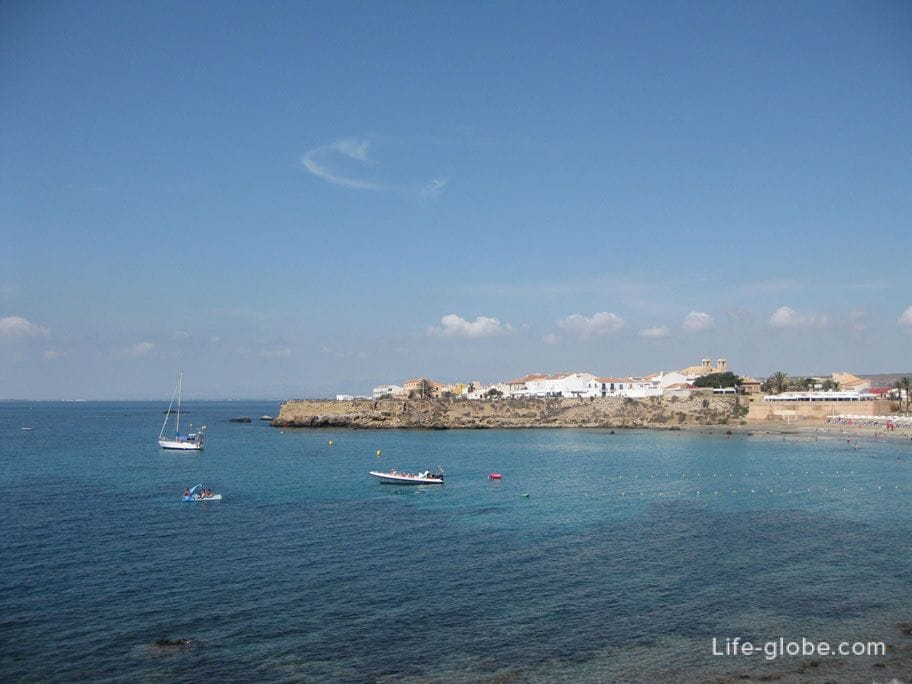

Tabarka can be schematically divided into two parts. The left part of the island is uninhabited, here are the main attractions of the island are classified as architectural monuments. For this part of Tabarka just to walk and see the sights.
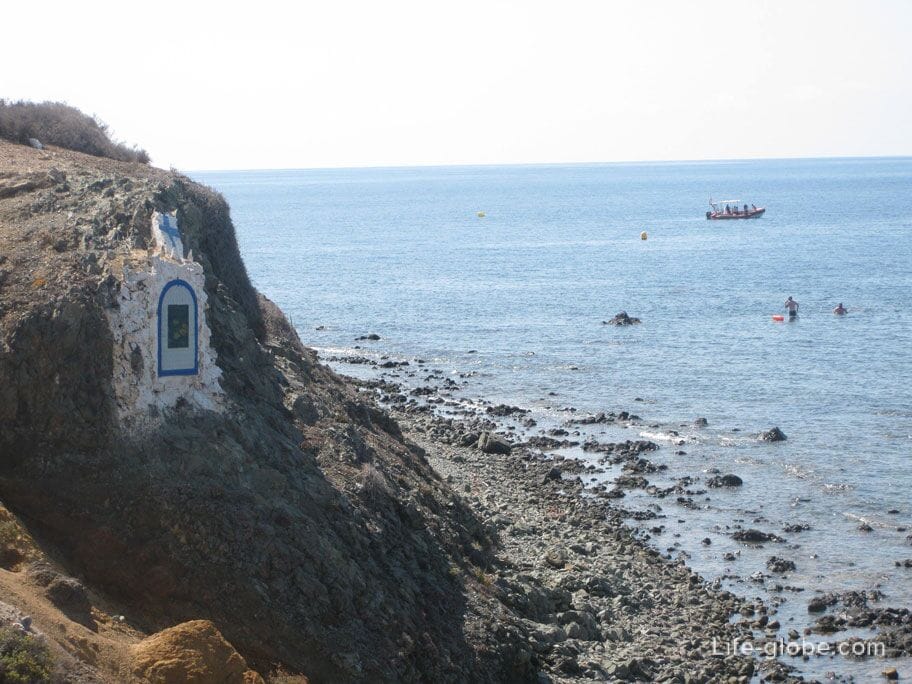
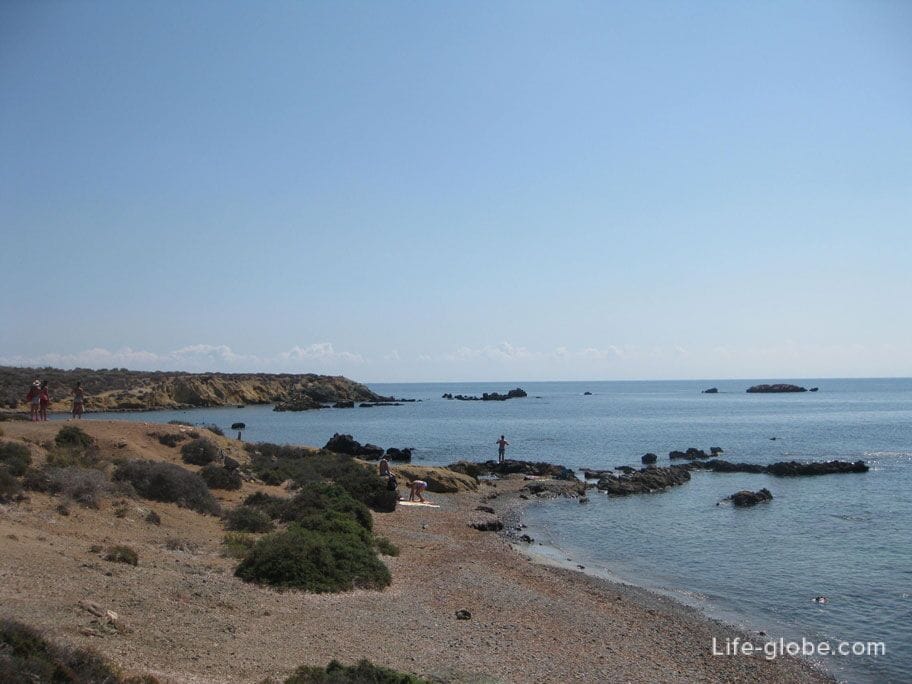
The vegetation in this part of the island is virtually nonexistent, stick out of the ground some spines.
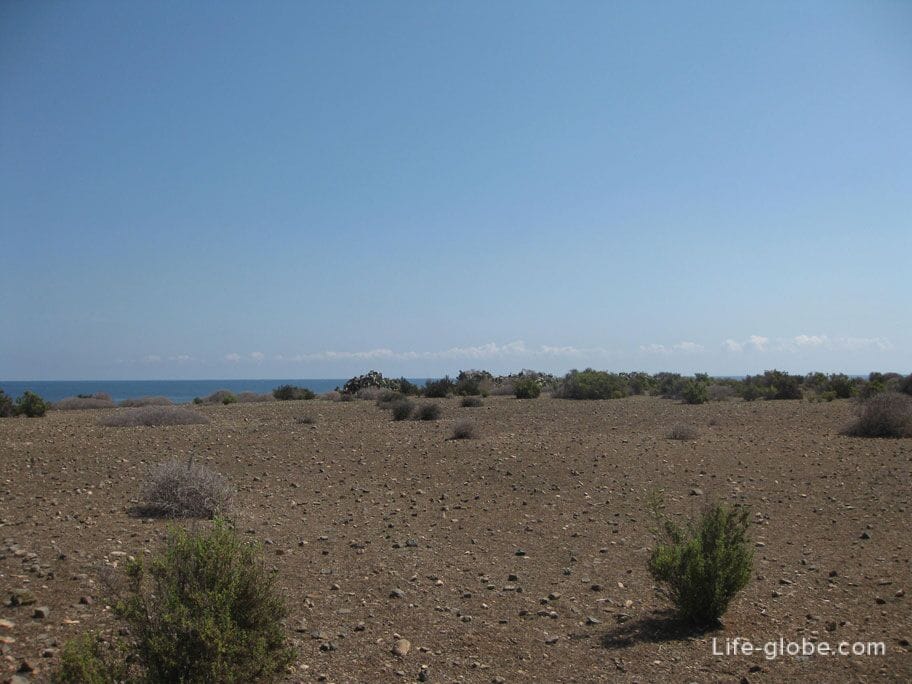
In the same part of the island remained the main attractions of Tabarka - monuments of ancient architecture.
Of which:
The Governor's house (Casa del Governador) and the Tower of Saint Joseph (Torre de Sant Josep), is a 15th-century
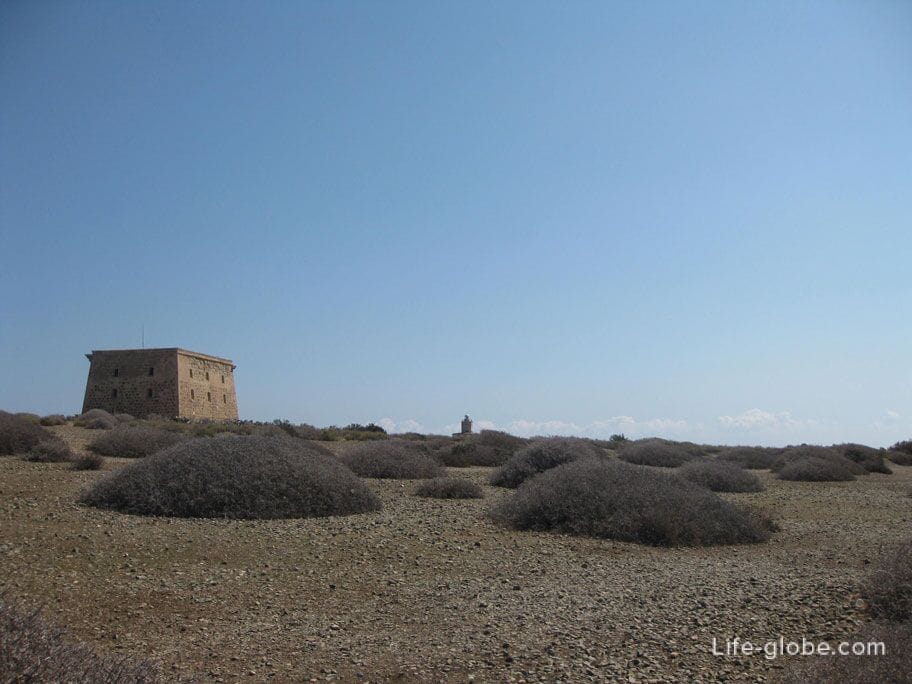

The old lighthouse (Faro), built in 1854 on the project of Agustin Elcoro Bersinar. Currently, the lighthouse is not working.
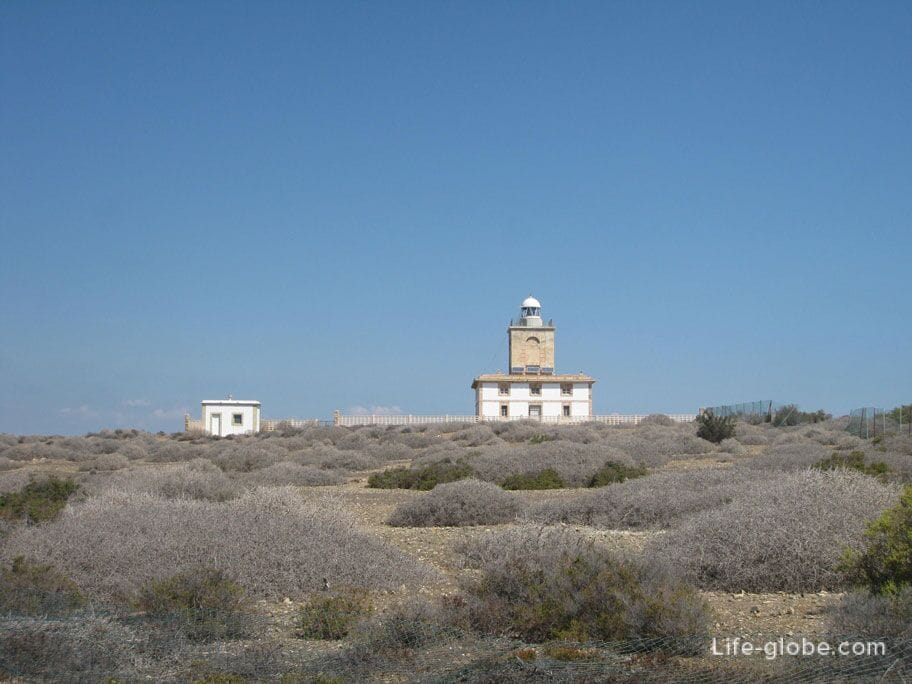
The right side of the island is residential. It concentrated the life on the island, are the houses and the Central square.
The road to the residential part of the island

The main entrance to the residential part of the island. This entrance with the remains of the adjoining wall was once part of the defensive wall of Tabarka. Being built in the main part of the island, the protective wall repeats its configuration. Material for the manufacture of fortification was the stone. Up to the present time preserved in some parts of the walls that were reconstructed in accordance with the special plan for the rehabilitation of the island of Tabarka, taken in the second half of the twentieth century. The wall has several gates, all of them executed in the Baroque style.
The photo of the wall with an arch in the Eastern part of the island, Port de Levant (Porta de Llevant)
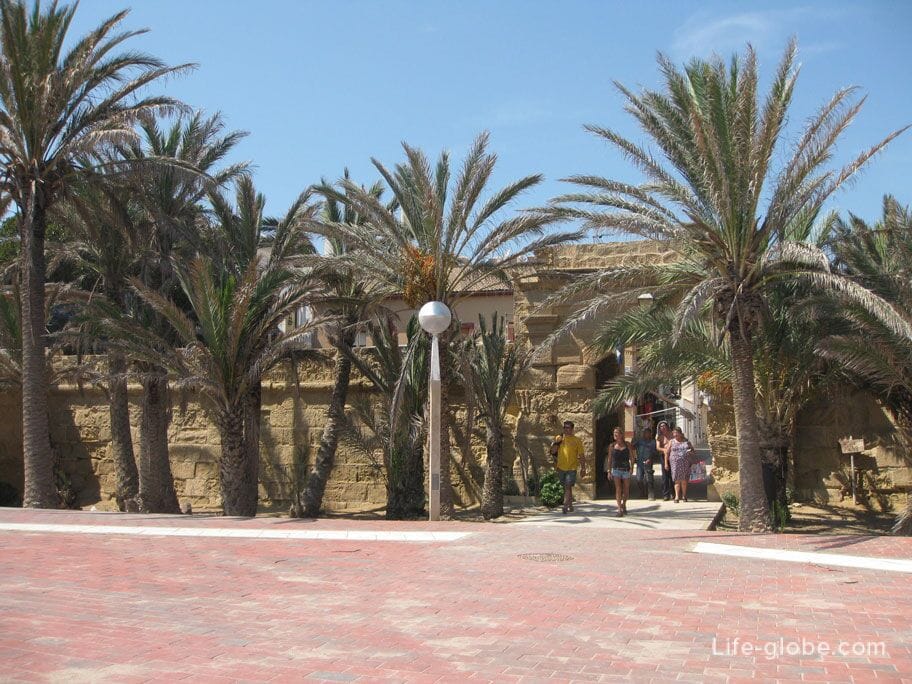
Part of a defensive wall, preserved to our days here and there you can see all over the island


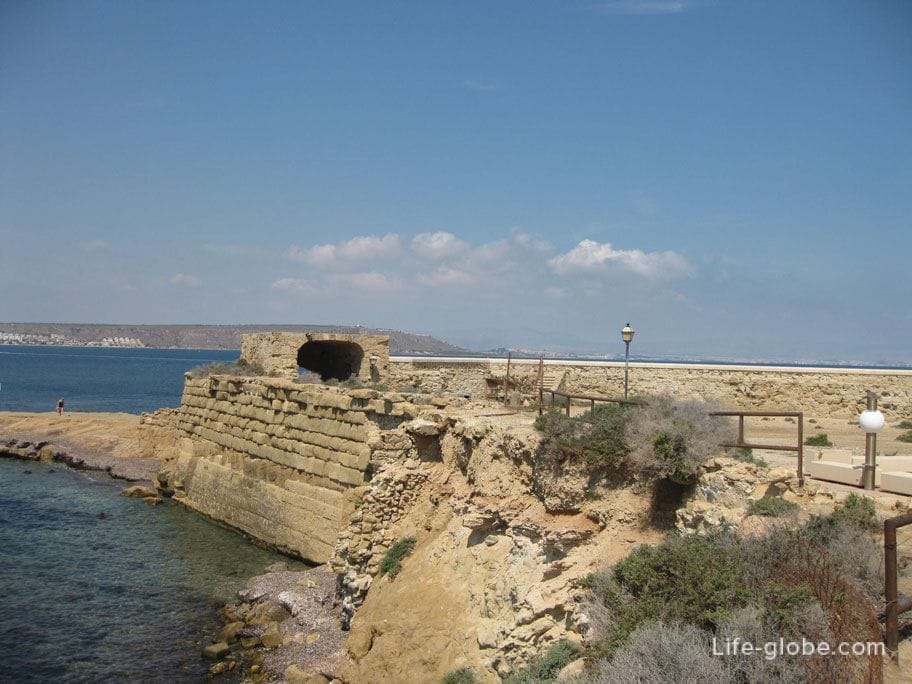
Going through the arch in the wall in the Central part of the island you find yourself on the small streets with low houses
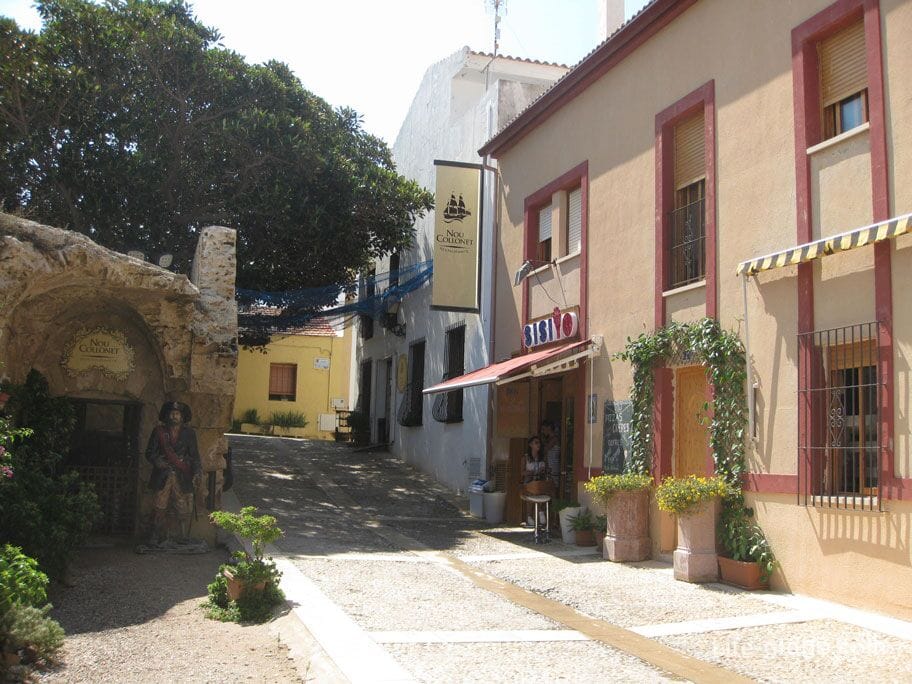
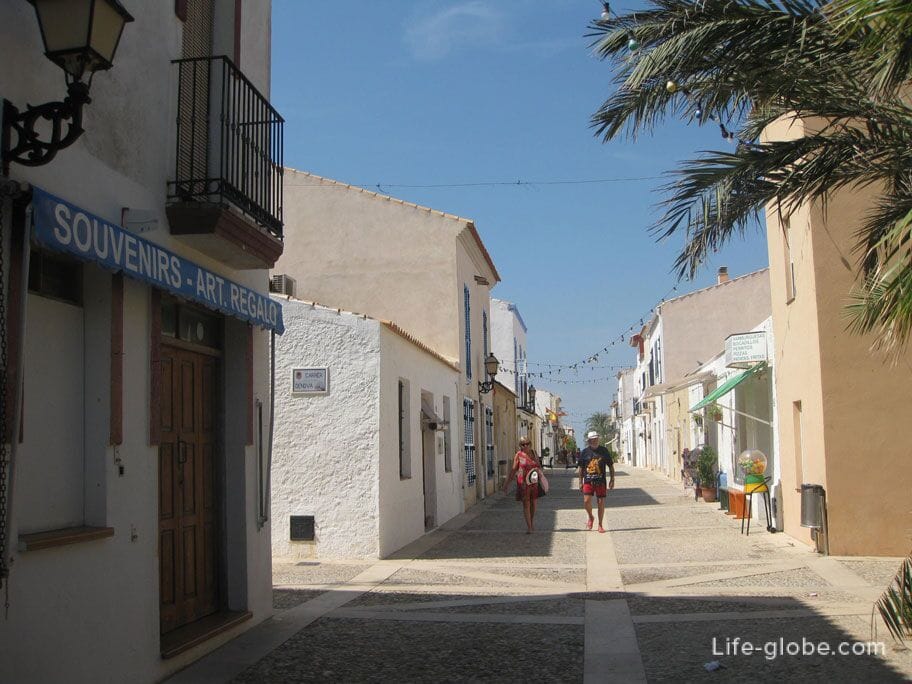
Nice balcony of one of the houses
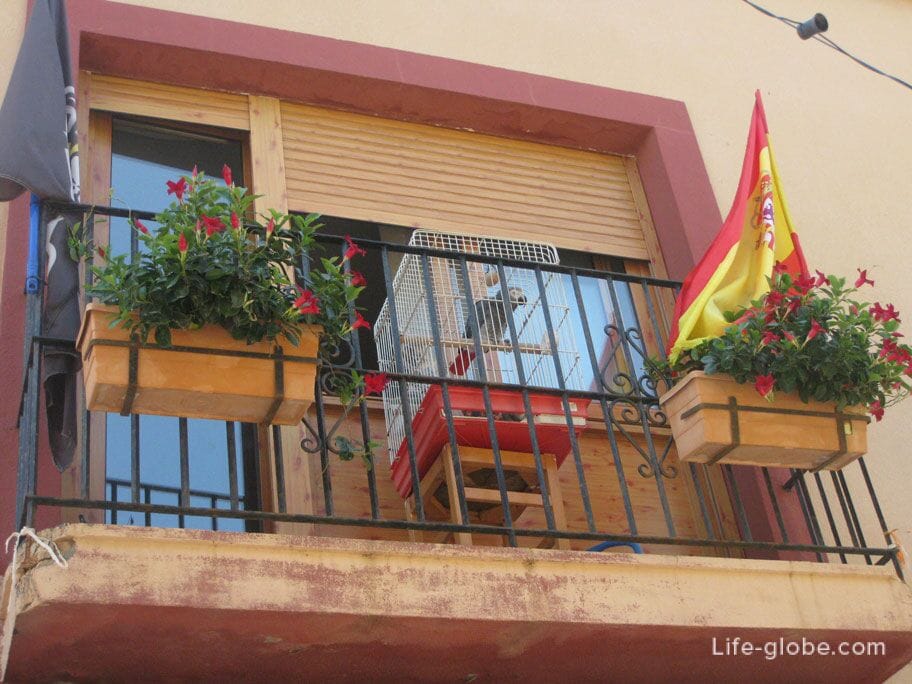
Going further out on the Central square of the island - the Gran Plaza. The square is lined with souvenir shops, a small Playground and benches for relaxing.


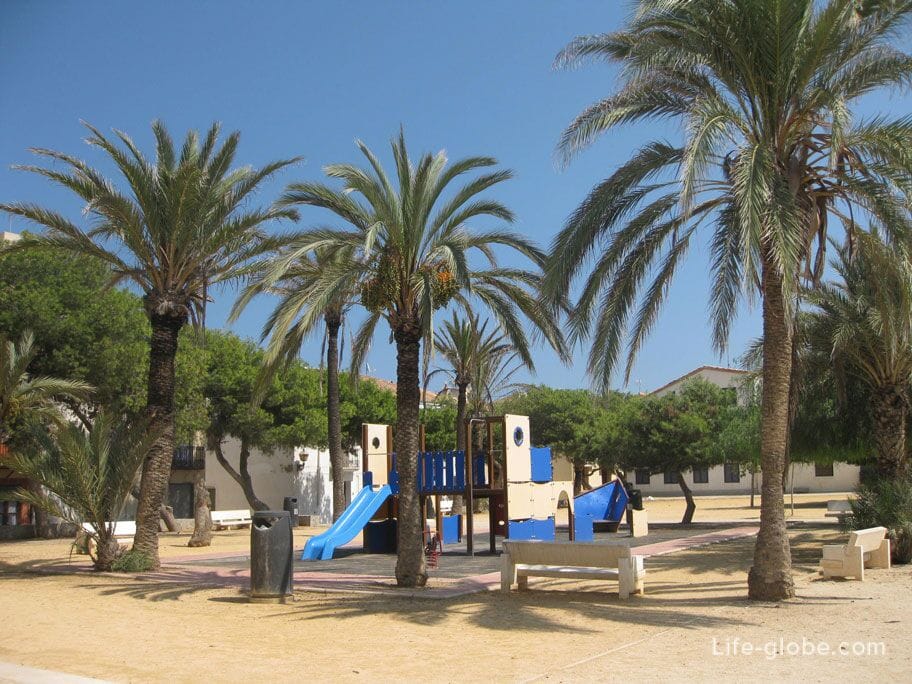
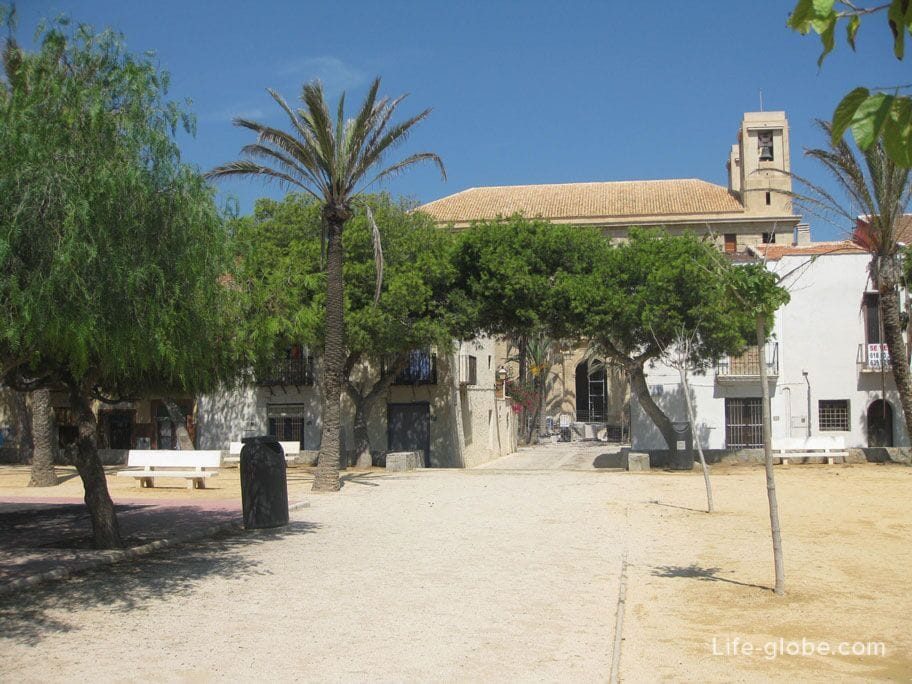
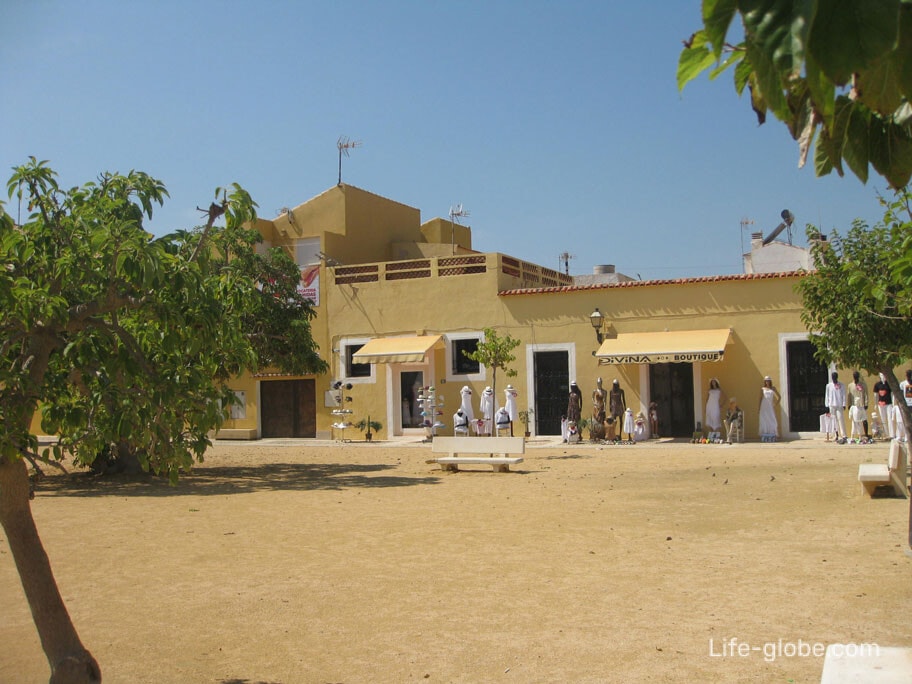
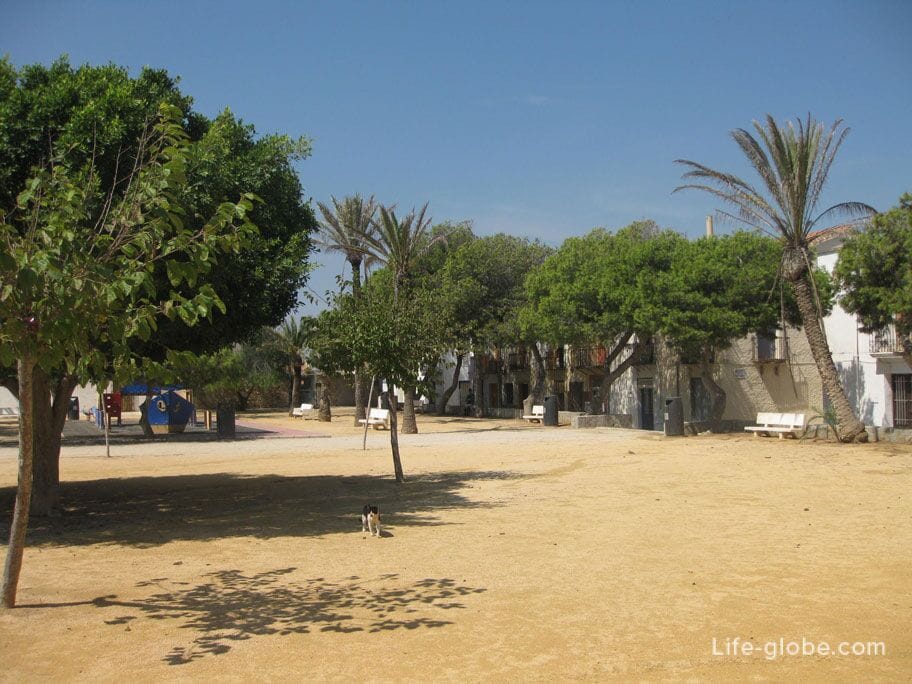
Around the perimeter of the square are several cozy restaurants
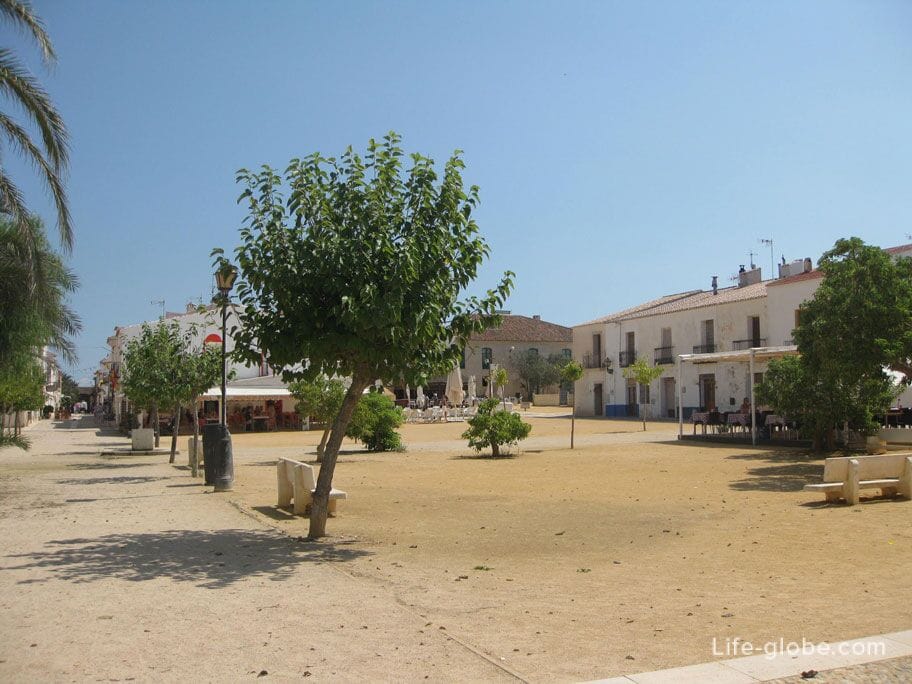
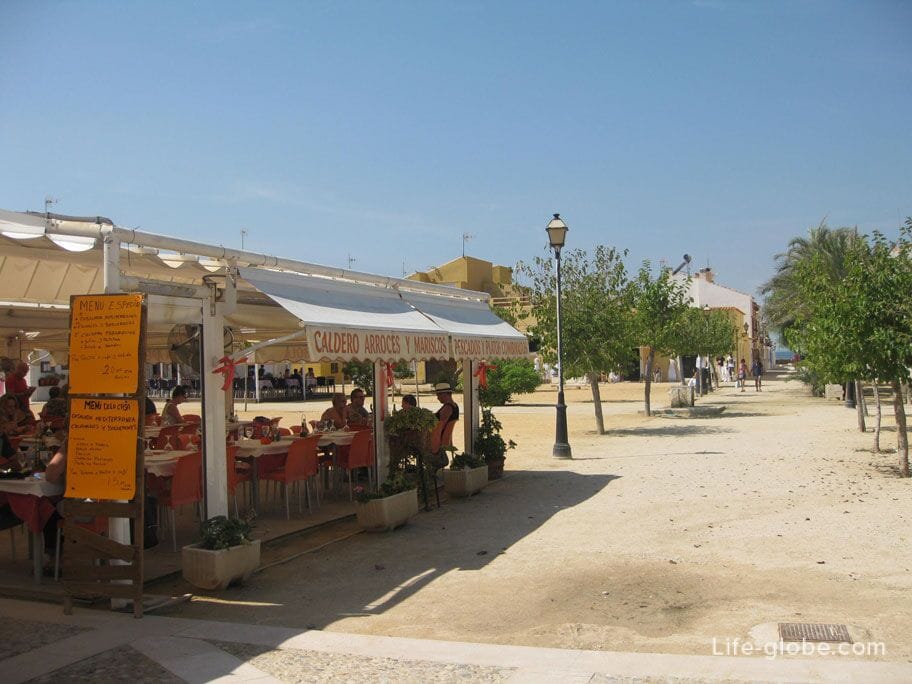
In one of them we sat down and ordered a dish truly Taberski cuisine of the Caldera. Caldera is a roast vegetables, potatoes and seafood or fish. In Tabarka it serves two types of lobster or langoustine. Served with slices of toasted bread. We ordered the Caldera of lobster, it was delicious. Caldera for two cost us 50 euros. More about this can be read in the same article, where to eat in Tabarka.
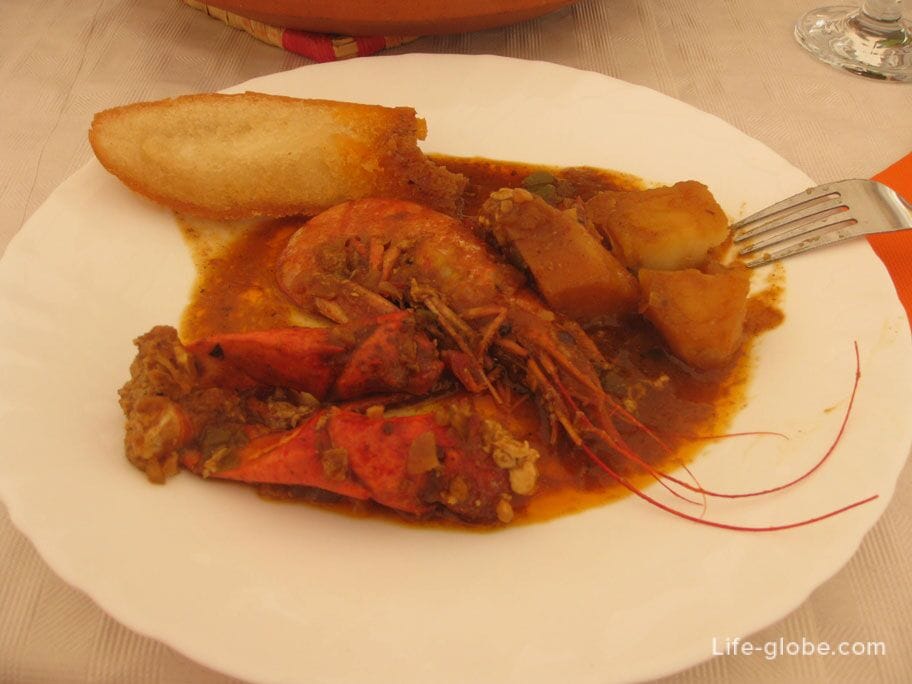
The right of the main square is the Iglesia de San Pedro and San Pablo (Iglesia de San Pedro y San Pablо). In 1769, on the island there was already a small chapel at its base in 1770 and was built this is the Church of the Holy apostles Peter and Paul. The Church building, which tourists can see at present, consists of a single nave and several side chapels. Directly adjacent to the Church parsonage.
During our visit the Church was closed for renovation.
The road to the Church
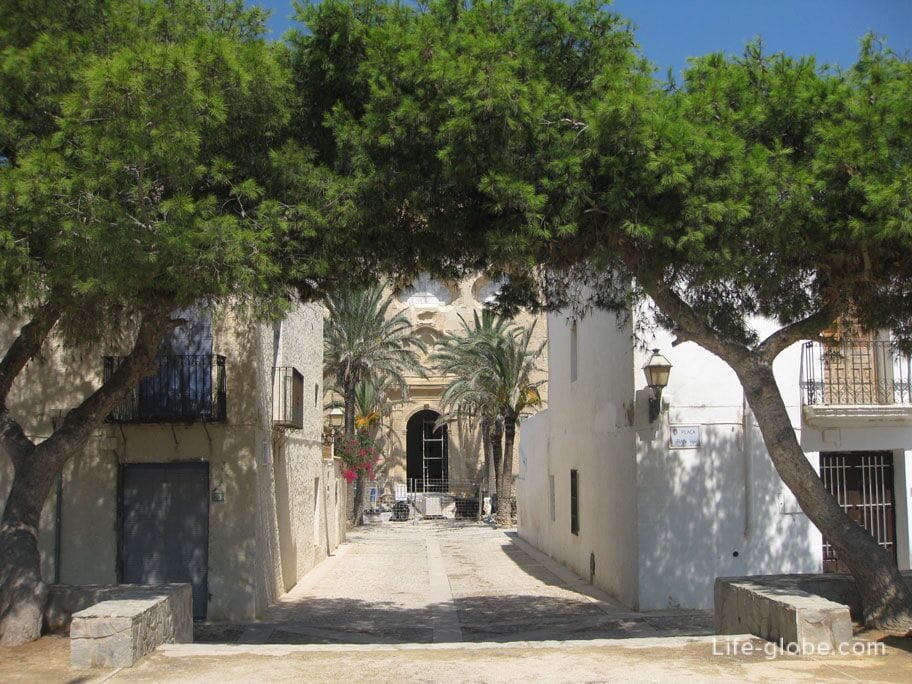
For the Central area there are six residential streets. Although the sources and says that the island is only 4-5 residential streets, but we counted six of those.
The streets of the narrow island. The houses are mostly one-storey, all bright colors, very simple but so cute.
Walking through the streets of Tabarka


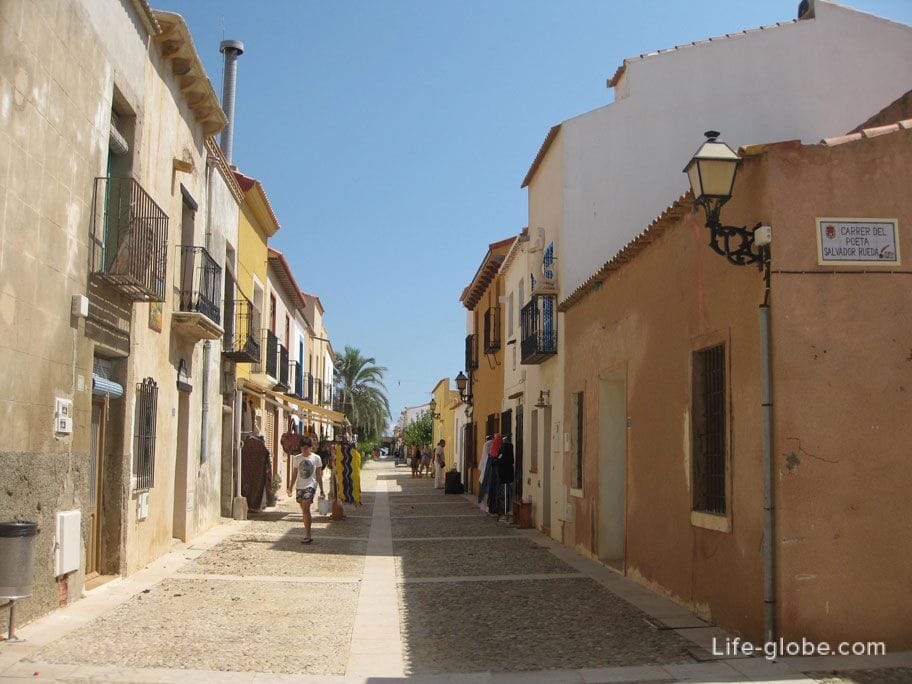
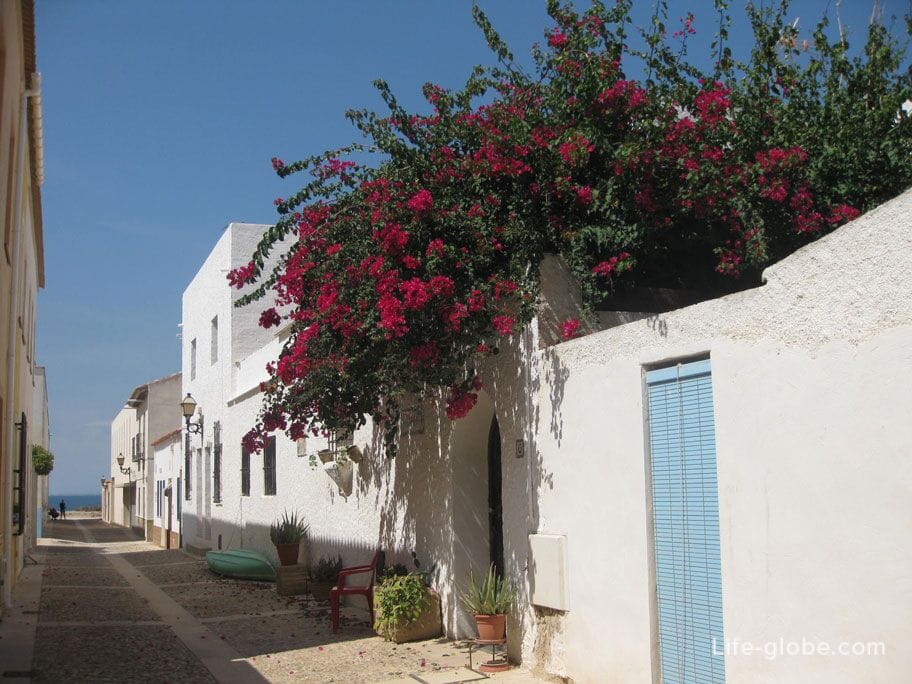
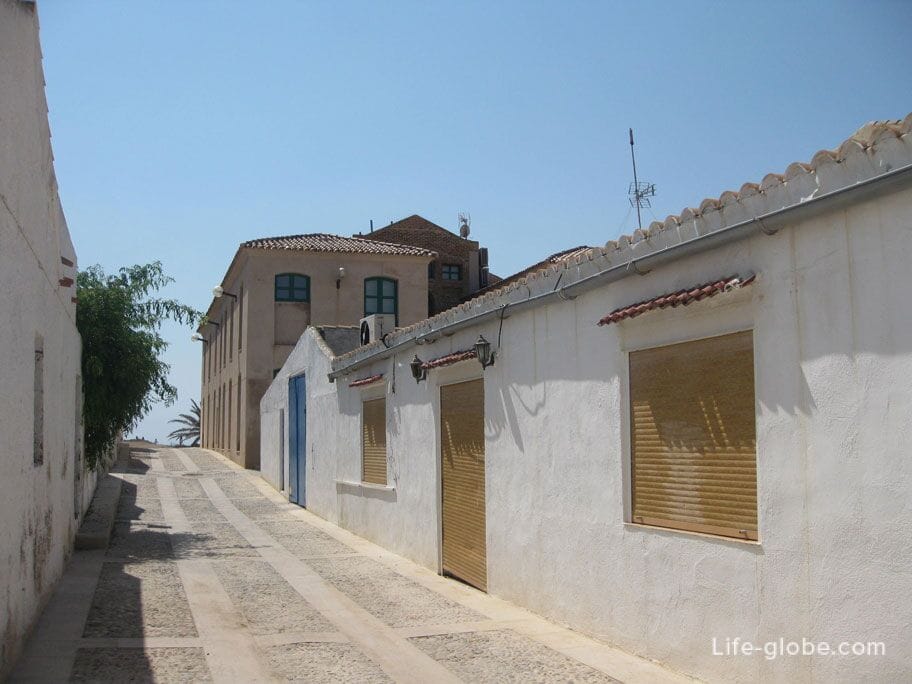

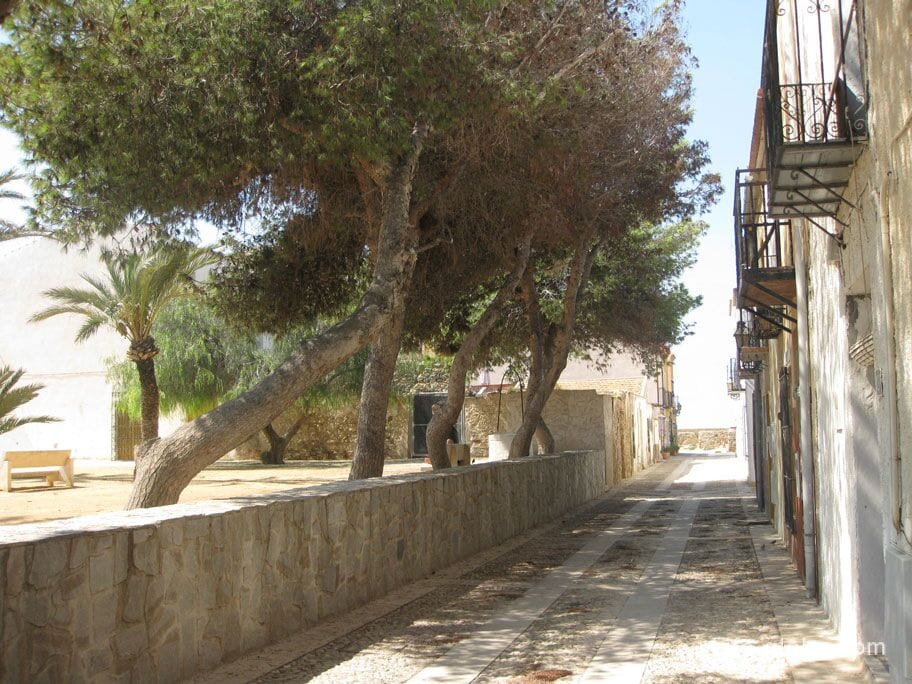


Graffiti on one of the houses
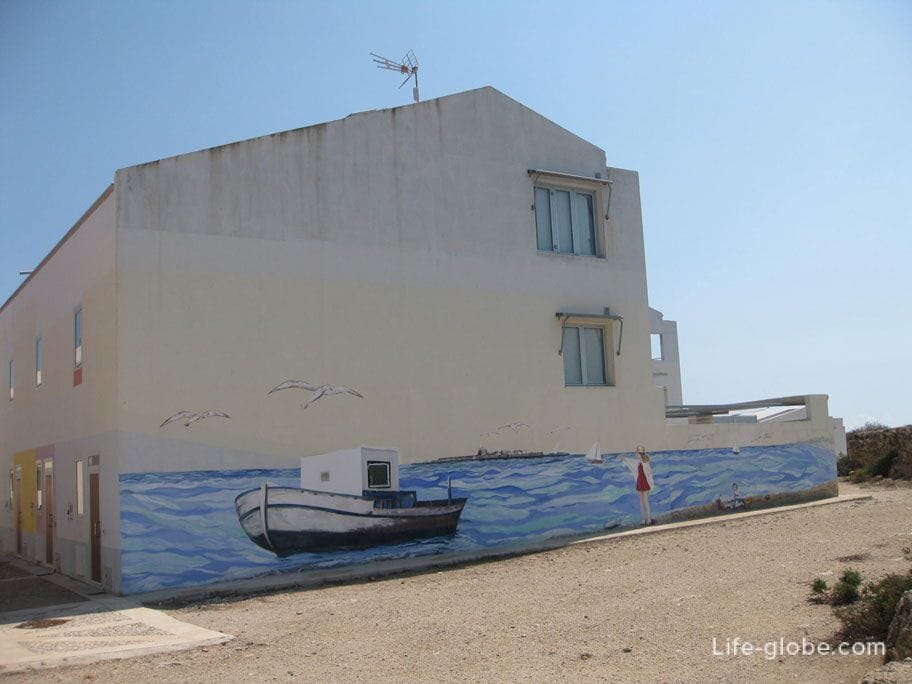
Balconies and doors in homes
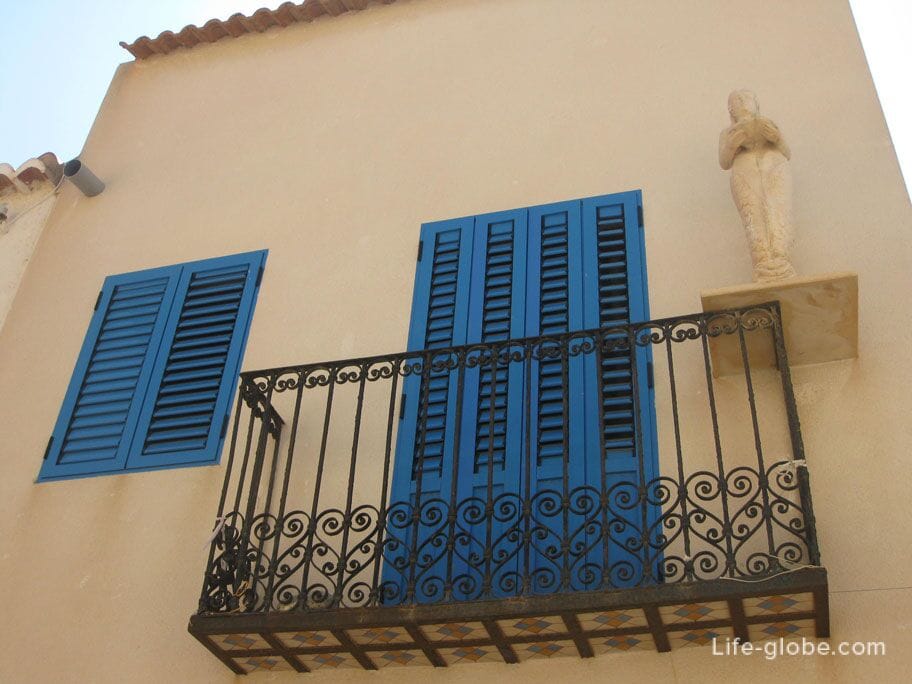

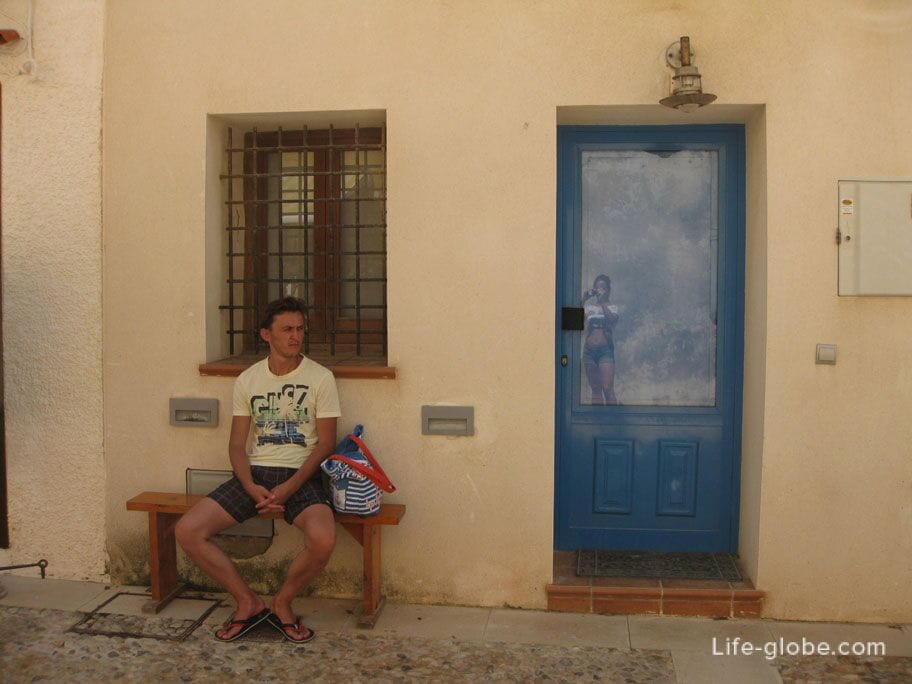
Flowers on the window sills
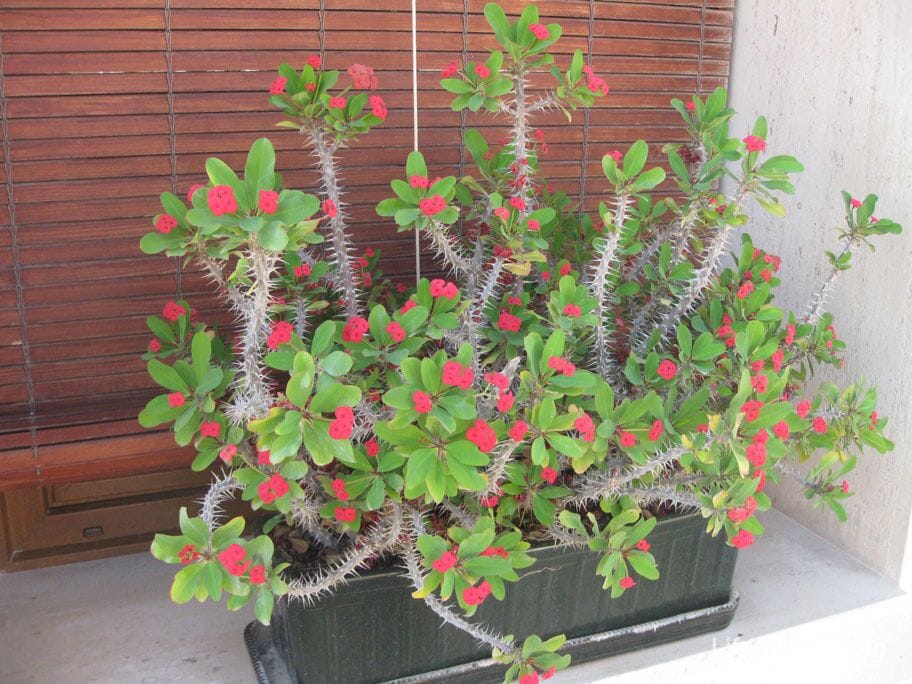
The coastline along this residential part of the island


So our day on the island came to an end. We boarded the catamaran and headed back to the mainland. The island has left only positive emotions and warm memories. We did not regret about the day spent on it.